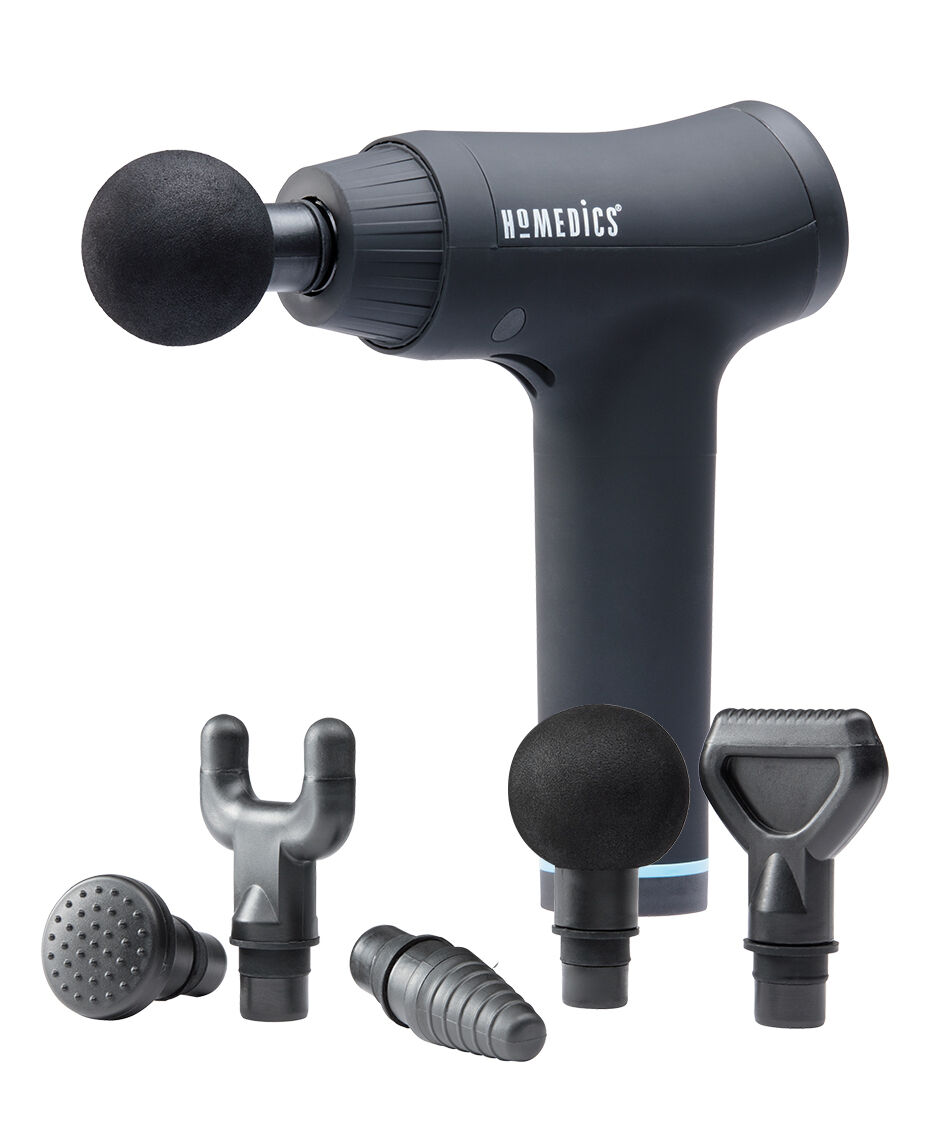Hoover H-WASH 300 H3DS41065TACE Wifi Connected 10Kg / 6Kg Washer Dryer with 1400 rpm – White – A Rated
10kg wash & 6kg dry load – great for large households. Sensors work out the perfect drying time. Adjust the intensity of the wash to remove stains. Wash whites and colours together to save time.
This white washer dryer from Hoover is a great choice to tackle your laundry. It has a 10kg wash and a 6kg dry capacity, making it ideal for large households. This model has Sensor Drying technology, which means it keeps an eye on moisture levels so that clothes don’t overheat, as the cycle stops when they’re ready. And the Stain Level Option is perfect for those pesky spots that won’t go away, adjusting the intensity to how dirty your outfits are. Plus, the All in One programme saves you time by letting you pop in whites and colours in one go.
- 10kg wash & 6kg dry load – great for large households
- Sensors work out the perfect drying time
- Adjust the intensity of the wash to remove stains
- Wash whites and colours together to save time
- Dimensions (cm) – H85 x W60 x D56
Additional information
| Dimensions | (H)85.0 x (W)60.0 x (D)56.0 |
|---|---|
| Manufacturer Warranty | 1 Year |





by Andy
Good washer/dryer with large capacity and a good range of programmes, including a rapid wash. Although it does offer WiFi connectivity this is somewhat cumbersome via a badly designed app – do not buy for this feature.
by Evie
Had this washer dryer for just over a week and I think it’s great so far. I like that you can separate the wash and dry settings. It’s really user-friendly and it looks great too.
by Alan
Does the job very nicely, has a wide range of different cycles that all give a great clean, and the dryer works well too.
by Atwal
The machine is working very well. Happy with the product.
by Lianne
Love this machine, much quieter than my old one. Fantastic that I can wash lights and darks together. Great how it weighs the load for most efficient cycle for drying. Eco mode is a god send as washes and drys perfectly!